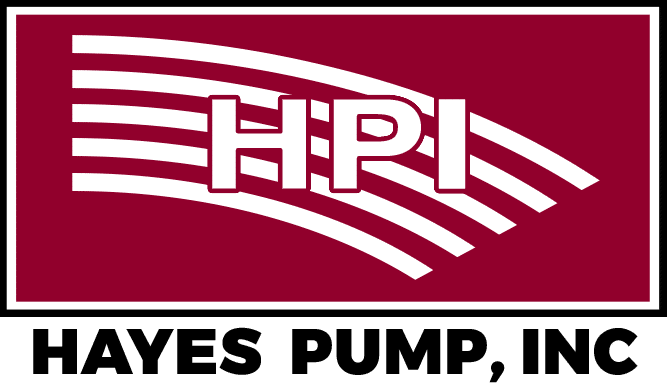Home » Blog » John Crane Launches Innovative Gas Seal Technology to Significantly Reduce Methane Emissions
John Crane Launches Innovative Gas Seal Technology to Significantly Reduce Methane Emissions
John Crane has introduced an innovative gas seal technology to reduce methane emissions by up to 95 percent. It is designed to be retrofitted into centrifugal compressors with oil seals to also significantly lower operating costs and improve reliability.
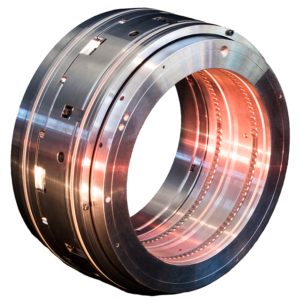 The Aura 120™ Narrow Section gas seal enables the latest John Crane gas seal technology to be fitted into a larger percentage of older equipment, bringing with it the benefits of non-contacting design. Gas seal technology eliminates the need for oil lubrication associated with contacting seals and the resulting need to address harmful emissions entrapped in the oil. In the natural gas sector, centrifugal compressors equipped with oil seal technology are generally acknowledged as the leading source of methane emissions offshore and the fourth most significant onshore.
The Aura 120™ Narrow Section gas seal enables the latest John Crane gas seal technology to be fitted into a larger percentage of older equipment, bringing with it the benefits of non-contacting design. Gas seal technology eliminates the need for oil lubrication associated with contacting seals and the resulting need to address harmful emissions entrapped in the oil. In the natural gas sector, centrifugal compressors equipped with oil seal technology are generally acknowledged as the leading source of methane emissions offshore and the fourth most significant onshore.
“Our expertise in this area has recently led to the development of a lifecycle cost calculator (LCC) that provides a full analysis of the economic case for retrofit from oil seals to gas seals against the next best alternatives,” said John Crane Global Product Manager Paul Hosking. “Gas seal technology is proven to reduce the level of damaging methane emissions that are vented or flared into the atmosphere.”
John Crane’s LCC takes operational data from rotating equipment and compares the total lifecycle costs of the oil seal operation―including emissions―with the option of capturing the methane and routing to a flare device, capturing the methane and routing for another purpose, and retrofitting to gas seal technology.
John Crane identified four typical scenarios where oil seals are still in use and examined the economic benefits. In all scenarios, converting to gas seal technology provides economic payback, particularly when there is no spare compression and the operator owns the natural gas flowing through the compressor.
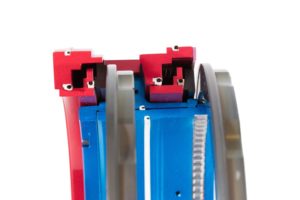
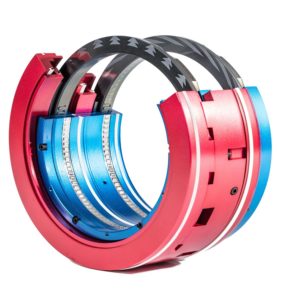
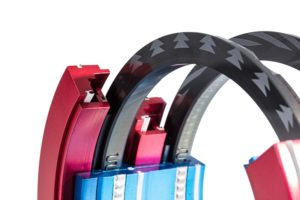
Earlier this year, John Crane was invited by a United Nations (UN) panel to showcase how the firm’s technology is reducing methane emissions in sectors of the natural gas industry. The panel is examining the critical role gas will play in achieving the international organization’s Sustainable Development Goals.
The UN group provides a forum for multi-stakeholder dialogue on sustainable and clean production, distribution and consumption of natural gas in the United Nations Economic Commission for Europe (UNECE) region. It established a taskforce to develop best practice guidance on reducing methane emissions along the gas value chain.
“As the market leader, John Crane is perfectly placed to showcase this technology and demonstrate the cost effectiveness of this solution when retrospectively applied to existing equipment,” said Hosking. “With gas seal technology now widely recognized and adopted in almost all new projects worldwide, the Aura 120 Narrow Section gas seal has the potential to simultaneously meet the needs of industries, governments and other stakeholders.”
Pioneered by John Crane, gas seal technology became widely available in the 1980s and is now recognized as the current industry standard for all new equipment, providing a cost effective, reliable, low emission shaft seal solution for centrifugal compressors and other rotating equipment.
Press Release by John Crane - September 2018
John Crane is a global leader in rotating equipment solutions, supplying engineered technologies and services to process industries. The company designs and manufactures a variety of products including mechanical seals and systems, couplings, filtration systems and predictive digital monitoring technologies. John Crane customer service is accessed through a global network of more than 200 sales and service facilities in over 50 countries. Fiscal year 2017 revenue was greater than 1.1 Billion USD (£885m). John Crane is part of Smiths Group (smiths.com), a global leader in applying advanced technologies for markets in threat and contraband detection, energy, medical devices, communications, and engineered components.




